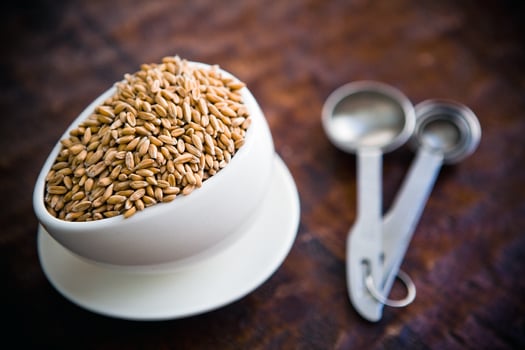
Grinding Your Own Flours and Using Whole Grains
This tutorial on grinding flours from
whole grains is written by Allison of Some the Wiser. Welcome, Allison!
It is such a good idea to grind your own flours.
But as someone who once thought microwavable rice packets were a “good” meal (it was college, forgive me), I know it may seem like an unnecessary step.
I can tell you, however, that it is well worth the small amount of extra effort it requires.
Although grinding whole grains into flour can sound daunting, it is really quite simple and very rewarding.
Grinding your own flour opens new doors in the kitchen and will elevate all of your grain recipes to a new level of delicious.
5 Reasons You Should Grind Your Own Flour from Whole Grains
Flavor:
Freshly ground flour is lighter, more moist, and has a fresh nutty flavor that commercially milled flours lack.
The homemade breads, muffins, and pastries I make with freshly ground flours are always less dense and more flavorful.
Even freshly ground wheat tastes sweeter and lighter than its commercial counterpart.
Variety:
The grain possibilities are endless when you grind your own flours!
Instead of just Wheat, alternative whole grains like Spelt and Triticale become more affordable and tasty options.
Availability:
Grains like Kamut and Teff can be difficult to find in flour form, but it’s easy to grind your own.
Even Popcorn kernels and Steel Cut Oats can be easily ground into flour and used in all your baking recipes.
It is fun to experiment and add new grains into favorite recipes for new flavors and textures.
Cost:
Whole grains store well and can be bought in bulk.
Buying grains in bulk and grinding them as you need them saves money, especially when buying specialty grains.
Nutrition:
To extend their shelf life, commercially milled flours have the germ removed.
The germ is the part of the grain that contains all the nutritious oils, vitamins (B and E), and minerals.
When you grind your own fresh flours, you use the germ and bran and can reap all the taste and health benefits that they offer.
How to Grind Your Own Flour from Whole Grains:
Grinding your own flour is as simple as purchasing a grain mill.
With a good electric grain mill in your kitchen, grinding flour from whole grains takes just minutes.
There are a number of high quality grain mills on the market to choose from (see the Good Life Eat’s review of the Nutrimill here).
The most important thing when purchasing a grain mill is to pick one that is tough, preferably one with a good long warranty.
A Few Whole Grain + Grinding Tips:
Grind only what you can use.
Once a grain has been ground into flour it begins to lose its nutritional value very quickly.
If you do grind a little extra, store it in a tightly sealed container in the freezer and use within a few days time.
Whole grains store well and for long amounts of time.
To keep it free of bugs, store it in a tightly sealed container in a cool dark place.
You can place a few bay leaves in with the grain to help repel bugs naturally.
When buying grains in bulk, 50 lb food grade buckets work well for long term storage.
Have fun experimenting.
Try unfamiliar whole grains and enjoy the new flavors.
Practice replacing small amounts of White flour or Wheat flour in recipes with more nutritious flours like Kamut or Spelt.
Look for new recipes and cookbooks that incorporate a variety of grains.
A few of my favorite grain cookbooks are:
- Good to the Grain: Baking with Whole-Grain Flours
by Kim Boyce
- Feeding the Whole Family: Cooking with Whole Foods
by Cynthia Lair
- The Tassajara Bread Book
by Edward Espe Brown
Recipes Using Whole Grain Flours
- 5 Grain Pancakes with Flax
- Gluten-Free Blueberry Muffins
- Golden Kamut Shortbread
- Multi-Grain Banana Bread
- Whole Wheat Spelt Muffins with Peaches and Coconut Cream
- Quinoa, Oats and Spelt Cookies
- Zucchini Quinoa Bread
Have you tried grinding your own flours? What are some of your favorite whole grains?
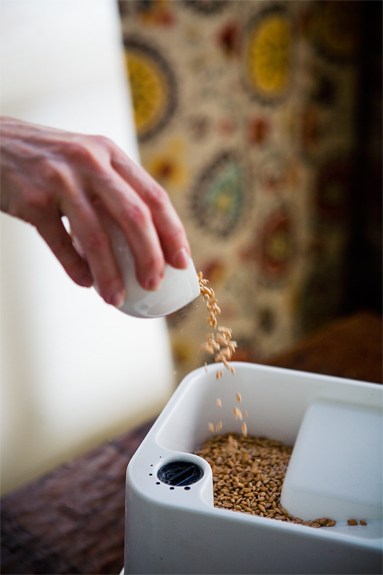
 by Kim Boyce
by Kim Boyce by Cynthia Lair
by Cynthia Lair by Edward Espe Brown
by Edward Espe Brown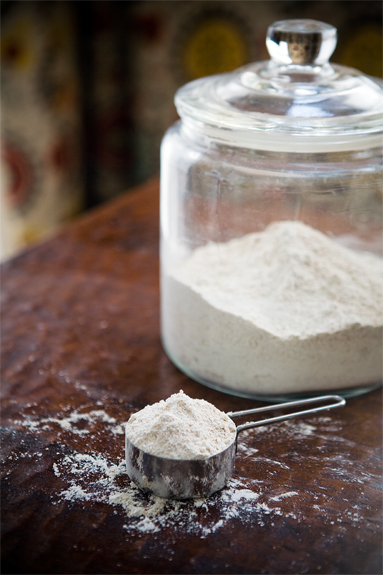
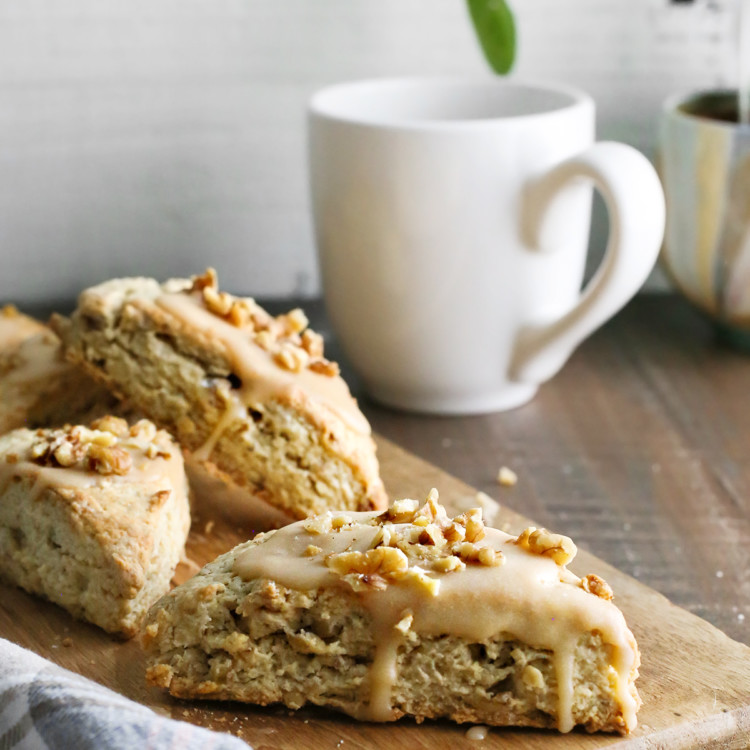
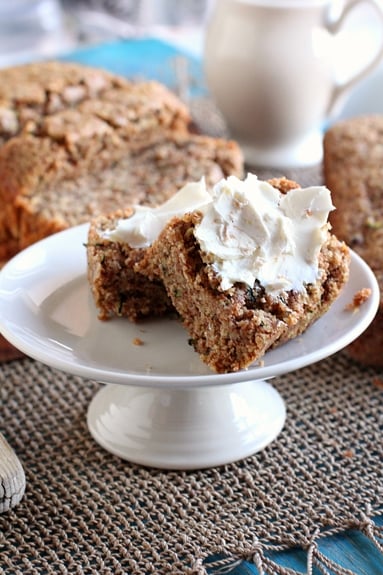
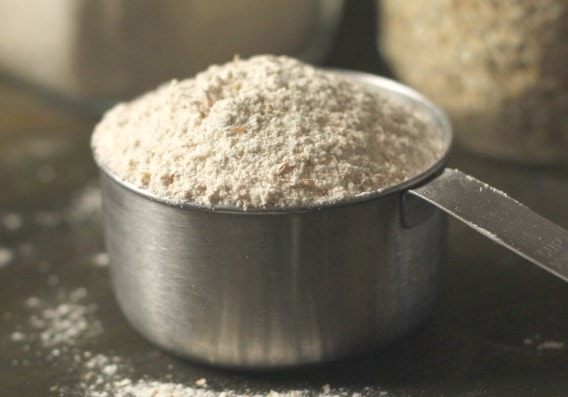
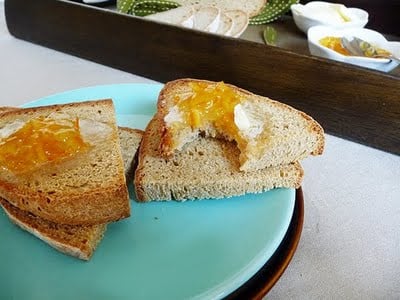
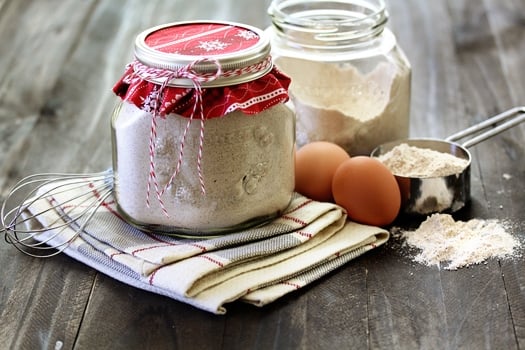
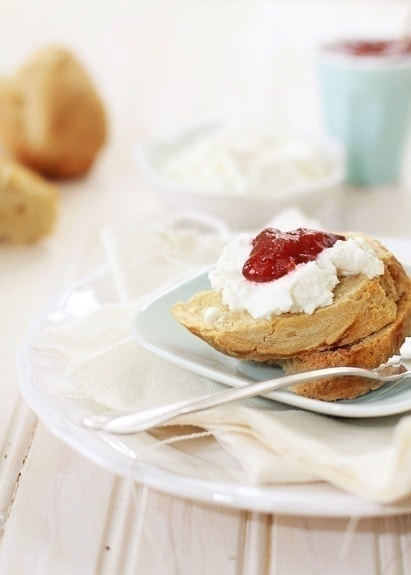
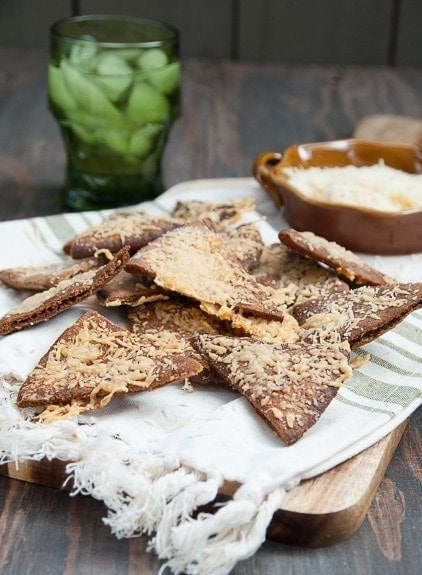
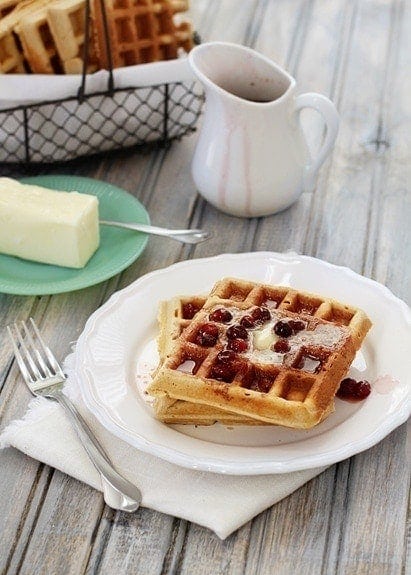
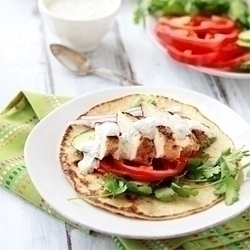

Sally Melman says
What grain yields white flour?
Katie says
I would use white winter wheat for a whiter whole grain flour. Store bought all purpose flour is white due to the bleaching process.
Lisa B says
Would a food processor or a Ninja work? I’m interested in trying this but would rather not invest in another piece of equipment just to try it.
Katie Goodman says
I’m not familiar with the Ninja as I have never used it. A food processor would not work. Professional quality blenders, such as Blendtec, will work and often come with instructions for grinding grains.
Christalee says
Thank you for this article. we recently inherited a Nutrimill from my husbands Grandparents home/ farm we just bought. I had no idea how to use it but now I am excited.
Elena says
Where would be good places to purchase whole grains?
Rachel Hollerich says
Fresh ground flour makes a world of difference! If you like to bake, changing your flour is one of the easiest ways to dramatically improve your baking.
Deana Tankersley says
So excited about this as we r planting oats, and I was wondering if I could grind them into flour. Thank you so much and your recipes look so yummy, as well was delighted to see g-f ones as well.. =))
Beverly C says
@Deana Tankersley, be careful with milling only oat flour. It is an oily grain and most mills recommend milking it with other grains like wheat so as to not gum up mill. You can also use a flanker and make fresh rolled oats. Delicious!